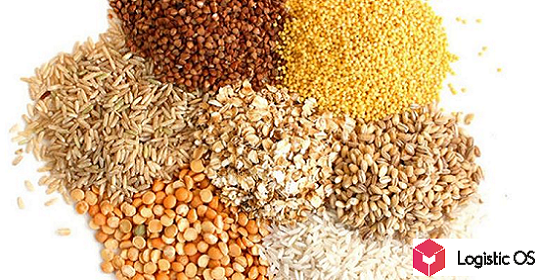Experts note that currently, export prices for wheat from the Russian Federation are close to their annual maximums.
A ton of Russian wheat currently costs about $255 per ton.
This is a significant increase compared to previous months and a local record: since the end of May 2024, there has been a negative trend, largely due to the fact that the harvest in the Russian Federation was significantly damaged by late May frosts.
It is worth noting that the price increase affected not only Russian wheat.
At the same time, prices have risen for Romanian wheat, which is currently trading at about $255 per ton, as well as for French wheat — at $24, for Argentine and American — at $243, for Australian — at $248.
One of the factors that could cause the growth of the wheat market could be the policy of Turkey, which has relaxed restrictions on the import of wheat.
In particular, the matter concerns the fact that duties are not imposed on wheat that is delivered to flour mills located in Turkey, if the final product (flour) is intended for export.
At the same time, analysts warn that it is important not to overestimate this factor.
Although in itself it is certainly positive for exporters, one should not expect too strong a surge in purchases. Even in the most optimistic scenario, the volume of purchases from Turkey this year is unlikely to exceed last year’s figure, when it amounted to about 1.4 million tons.
«Of course, the long-awaited opening of Turkey will support exports from Russia, but the potential for deliveries to the country is limited.
Turkey will begin harvesting the new crop in June, and, in addition, from the beginning of the season, the volumes already delivered to customs warehouses will be used,» the analysts note.
At the same time, there are also factors that are currently putting pressure on wheat prices.
And one of the most noticeable is the strong ruble. It has now grown significantly against the dollar, so exporters are not receiving as much ruble revenue as before.
This often leads to a decrease or even a complete lack of profitability for exporting companies, which causes them to lose motivation to sell grain.
At the same time, domestic Russian prices continue to decline overall.
For example, in the southern regions of the country, wheat has recently fallen in price by about 150 rubles per ton and is currently trading at about 16 thousand rubles per ton.
Similarly, in Siberia, wheat has fallen in price by 150 rubles and now costs about 12-12 thousand rubles per ton, experts say.

